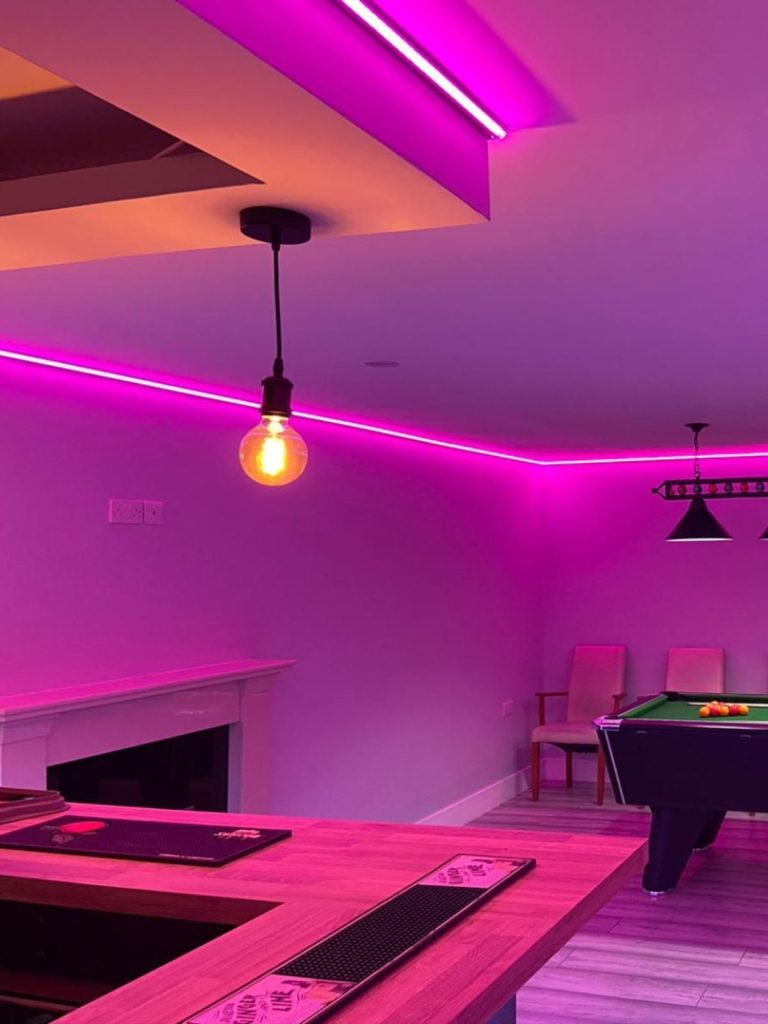The gradual integration of smart technology into our lives has become more and more prevalent over the past decade. From watches, to clocks, to fridges, “smart” has developed a tendency to prefix itself before all the most popular appliances. It’s no surprise of course, it allows the parts of your home to be the very best version of themselves, all controllable from the ubiquitous device in your hands.
Why The Shift?
Many embrace the opportunity to modernize their home, many of us accept it as part of moving into the future, yet many also see it as invasive, and a threat to the simplicity of times past and the world of physical switches. So why has the smart home become the home of the future? The reasoning behind which can be attributed to numerous factors: from the ever-increasing functionality of our phones, to the desire to live in a movie-magic home, and the opportunities presented by product innovation. On top of this, the entry point is getting ever-lower, with wide brand adoption and products such as smart bulbs becoming more and more affordable.
What Do They Offer?
You can typically expect any smart product to pair to your phone through an app. This affords the opportunity to control the colour of your lightbulb, the volume of your speakers, or the recording of your security cameras, all from the palm of your hand – and those are just the basics. Deeper home integration can cover everything from garage doors to motorised shades, to HVAC control, truly bringing your home alive. Through app-control, you gain deep customisation features, such as changing the colour of your lightbulbs or the recording frequency of your cameras.
What Are The Downsides?
It’s understandable why many people see smart features as little more than a gimmick. After all, many smart features are more effective as a selling point than in practice. Smart homes also come with the risk of overreliance on a single ecosystem, with software issues potentially affecting multiple devices, and often forcing adherence to a single brand. Firmware updates and possible subscriptions can also add to time and cost.
While the cost might be low for simple smart products, major home systems will certainly extract a steeper price. This does, however, also mean resale value can increase; smart security and entry systems can certainly make a home feel more advanced. To summarise, it’s all about balancing function with convenience.




Images: https://linkmix.co/41131246
